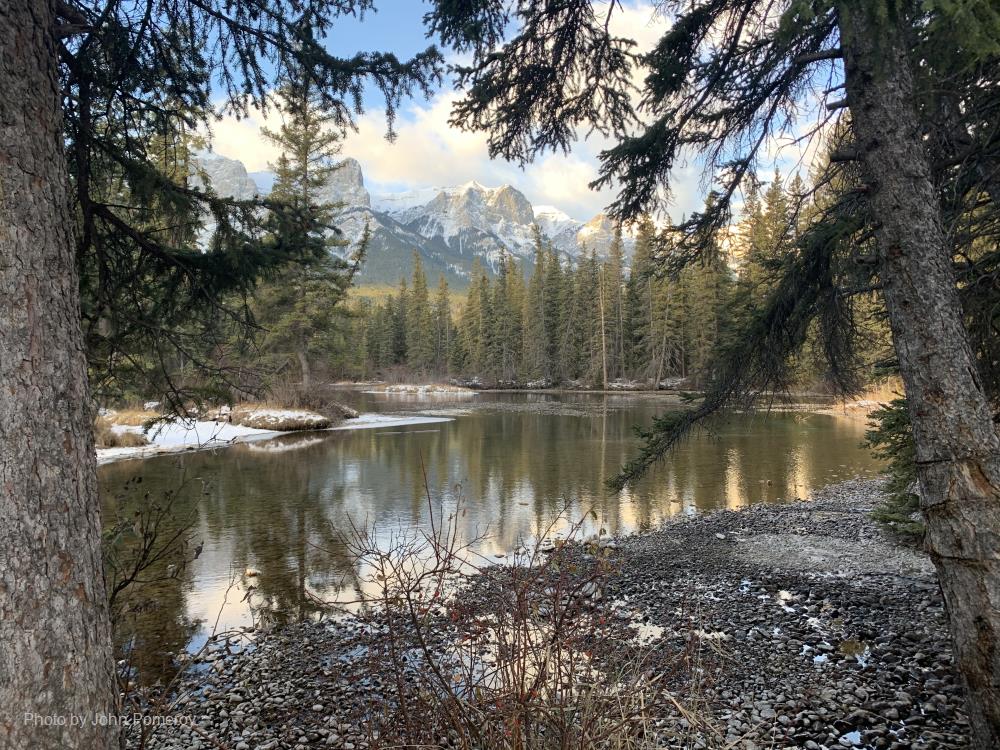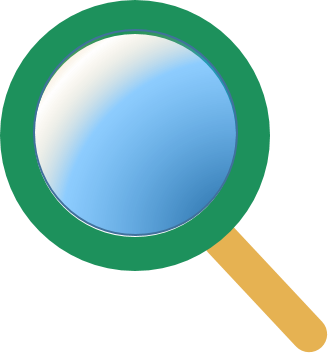
Related items loading ...
Section 1: Publication
Publication Type
Journal Article
Authorship
Woolley, G. J. and Rutter, N. and Wake, L. and Vionnet, V. and Derksen, C. and Essery, R. and Marsh, P. and Tutton, R. and Walker, B. and Lafaysse, M. and Pritchard, D.
Title
Multi-physics ensemble modelling of Arctic tundra snowpack properties
Year
2024
Publication Outlet
EGUsphere, 2024, 1-38
DOI
ISBN
ISSN
Citation
Woolley, G. J. and Rutter, N. and Wake, L. and Vionnet, V. and Derksen, C. and Essery, R. and Marsh, P. and Tutton, R. and Walker, B. and Lafaysse, M. and Pritchard, D. (2024) Multi-physics ensemble modelling of Arctic tundra snowpack properties, EGUsphere, 2024, 1-38,
https://doi.org/10.5194/egusphere-2024-1237
Abstract
Sophisticated snowpack models such as Crocus and SNOWPACK struggle to properly simulate profiles of density and specific surface area (SSA) within Arctic snowpacks due to an underestimation of wind-induced compaction, misrepresentation of basal vegetation influencing compaction and metamorphism, and omission of water vapour flux transport. To improve the simulation of profiles of density and SSA, parameterisations of snow physical processes that consider the effect of high wind speeds, the presence of basal vegetation and alternate thermal conductivity formulations were implemented into an ensemble version of the Soil, Vegetation and Snow version 2 (SVS2-Crocus) land surface model, creating Arctic SVS2-Crocus. The ensemble versions of default and Arctic SVS2-Crocus were driven with in-situ meteorological data and evaluated using measurements of snowpack properties (SWE, depth, density and SSA) at Trail Valley Creek (TVC), Northwest Territories, Canada over 32-years (1991-2023). Results show that both default and Arctic SVS2-Crocus can simulate the correct magnitude of SWE (RMSE for both ensembles: 55 kg m-2) and snow depth (default RMSE: 0.22 m; Arctic RMSE: 0.18 m) at TVC in comparison to measurements. Wind-induced compaction within Arctic SVS2-Crocus effectively compacts the surface layers of the snowpack, increasing the density, and reducing the RMSE by 41 % (176 kg m-3 to 103 kg m-3). Parameterisations of basal vegetation are less effective in reducing compaction of basal snow layers (default RMSE: 67 kg m-3; Arctic RMSE: 65 kg m-3), reaffirming the need to consider water vapour flux transport for simulation of low-density basal layers. The top 100 ensemble members of Arctic SVS2-Crocus produced lower continuous ranked probability scores (CRPS) than default SVS2-Crocus when simulating snow density profiles. The top performing members of the Arctic SVS2-Crocus ensemble featured modifications that raise wind speeds to increase compaction in snow surface layers and prevent snowdrift and increase viscosity in basal layers. Selecting these process representations in Arctic SVS2-Crocus will improve simulation of snow density profiles, which is crucial for many applications.
Plain Language Summary


 GWFNet
GWFNet Master
Master Data
Data Research
Research Map
Map
 Advanced
Advanced Tools
Tools
 . . .
. . .
 Metadata Editor
Metadata Editor
 Record List
Record List
 Alias List Editor
Alias List Editor
 Legacy sites
Legacy sites